Definitions of art therapy vary due in two fields: art and psychotherapy. It can focus on the art-making process as therapeutic in and of itself (“art as therapy”) or it can be “art in therapy” (art psychotherapy). The psychoanalytic approach was one of the earliest forms of art psychotherapy. This approach employs the transference process between the therapist and the client who makes art. The therapist interprets the client’s symbolic self-expression as communicated in the art and elicits interpretations from the client.[1] Analysis of transference is no longer always a component. Current art therapy includes a vast number of other approaches such as: Person-Centered, Cognitive, Behavior, Gestalt, Narrative, Adlerian, Family (Systems) and more. The tenets of art therapy involve humanism, creativity, reconciling emotional conflicts, fostering self-awareness, and personal growth.[2] Various definitions of the term “art therapy” exist,[3] each reflecting the historical narrative or theoretical underpinnings of its proponents. The British Association of Art Therapists defines art therapy as:
…a form of psychotherapy that uses art media as its primary mode of communication. It is practised by qualified, registered Art Therapists who work with children, young people, adults and the elderly.[4] Clients who can use art therapy may have a wide range of difficulties, disabilities or diagnoses. These include, for example, emotional, behavioral or mental health problems, learning or physical disabilities, life-limiting conditions, brain-injury or neurological conditions and physical illness. Art therapy may be provided for groups, or for individuals, depending on clients’ needs. It is not a recreational activity or an art lesson, although the sessions can be enjoyable. Clients do not need to have any previous experience or expertise in art.
The American Art Therapy Association defines art therapy as:
…the therapeutic use of art making, within a professional relationship, by people who experience illness, trauma or challenges in living, and by people who seek personal development. Through creating art and reflecting on the art products and processes, people can increase awareness of self and others cope with symptoms, stress and traumatic experiences; enhance cognitive abilities; and enjoy the life-affirming pleasures of making art.[5]
Art therapy is a mental health profession that uses the creative process of art making to improve and enhance the physical, mental and emotional well-being of individuals of all ages. It is based on the belief that the creative process involved in artistic self-expression helps people to resolve conflicts and problems, develop interpersonal skills, manage behaviour, reduce stress, increase self-esteem and self-awareness, and achieve insight. Art therapy integrates the fields of human development, visual art (drawing, painting, sculpture, and other art forms), and the creative process with models of counseling and psychotherapy.[5] Edwards, D. (2004). Art therapy. London: Sage Publications, p.1 Wadeson, H., Durkin, J., & Perach, D. (1989). Advances in art therapy. New York: John Wiley & Sons. Edwards, D. (2004). Art therapy. London: Sage Publications. p. 1 PDF, p. 1 http://www.americanarttherapyassociation.org/aata-aboutarttherapy.html


